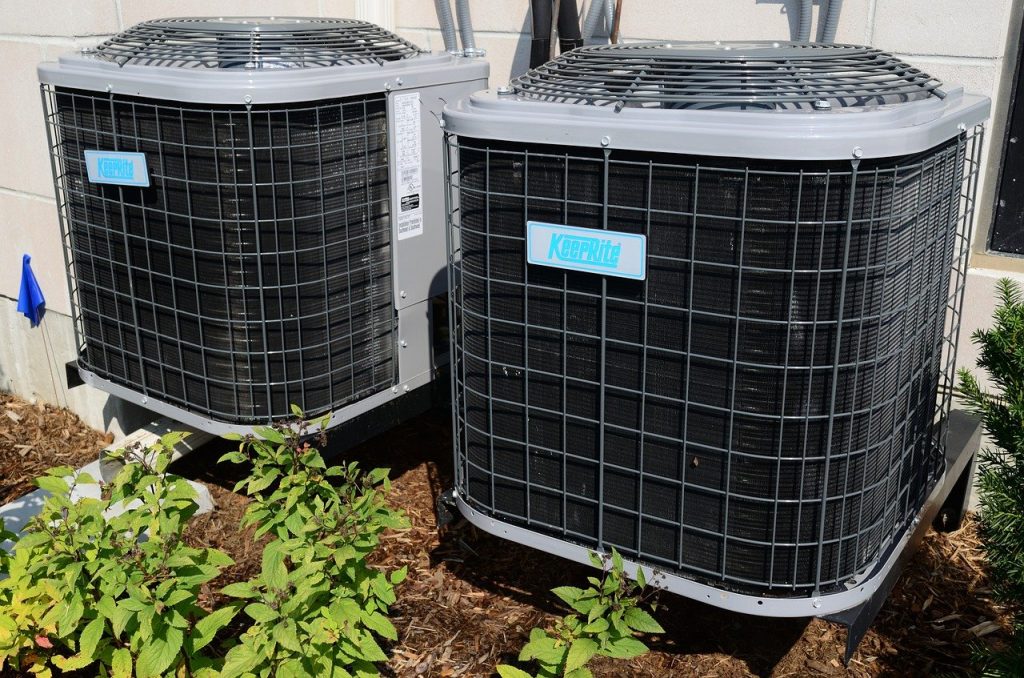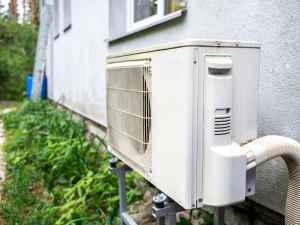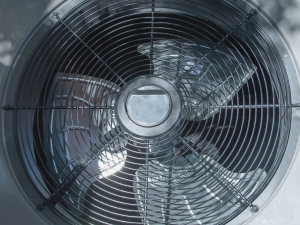The recent coronavirus pandemic has opened up queries regarding infection control measures in spaces where people spend most of their time. With the majority of people now more wary of the presence of viruses, bacteria and other pathogens, questions on how these can be controlled, especially in high-density areas have become prominent. Activities such as deep surface cleaning and air purification that were more prevalent in the healthcare industry have now become common practices in restaurants, retail spaces, workspaces, education facilities and even grocery stores. This has led to high-quality air filtration and sanitation products as well as infection control technologies. There are a wide variety of technologies that can play a role in air purification, one being bipolar ionization.
Before we dive further, let’s define bipolar ionization.
Bipolar ionization is a technology that neutralizes or kills airborne viruses through proactive air purification technology. Installed in HVAC systems, this system creates healthier environments by improving the quality of indoor air.
How does bipolar ionization work?
Bipolar ionization works by creating negatively and positively charged oxygen ions. These then bind to contaminants in the air, forcing them to drop out of circulation. They can also be captured via a mechanical filter in the air handling unit. When properly installed, bipolar ionization has been proven to reduce mold, dust, reduce volatile organic compounds, capture odours, and reduce the presence of bacteria and viruses in the air.
Since ions generated by bipolar ionization generators have a short lifespan, the air has to be passed over the ion generator regularly. This ensures sufficient contact. Bipolar ionization generators can be directly installed in the air handling unit or the ductwork. However, some manufacturers retail recirculating room units. Even with the benefits of bipolar ionization, people should be careful not to create ozone, a by-product of operation since it has adverse effects on human beings.
In the case of a virus in the HVAC system, hydrogen is pulled away from its protein coat. And without it, the virus cannot survive since hydrogen is a major component of the cell structure. In the case of mold or a bacterium, the removal of hydrogen opens the cell, killing the pathogen hence preventing infections.
What are the benefits of BPI in HVAC systems?
- Reduction of odors- Through bipolar ionization, smells are broken down at their source and eliminated. The technology also reduces the amount of dust as well as other particles resulting in cleaner and safer air. This is a cost-saving technique for businesses that require deodorizers, artificial scents, and cleaners.
- Kills volatile organic compounds– Bipolar ionization is very effective at killing or eliminating volatile organic compounds in an environment. This eliminates the spread of pathogens such as airborne diseases, ultimately keeping customers, employees, and people in a particular space safe.
- Reduction of static electricity– Bipolar ionization eliminates static charges by neutralizing the air.
- Reduced HVAC maintenance– Bipolar ionization technology eliminates the need for HVAC filters, ultimately reducing the constant need for HVAC maintenance.
- It saves time– The fact that you get purified air means that less dusting is required. The time that would otherwise be spent on dusting and cleaning is significantly reduced and can be channeled to other areas.
- Reduces viruses and bacteria– Bipolar ions negatively impact the DNA of viruses and bacteria. This helps in protecting people from illnesses caused by these pathogens.
- Energy conservation– Bipolar ionization saves on energy since less is spent on cooling and heating ventilated air. The system allows the recycling of conditioned and purified air.
- It saves money– HVAC systems often require lots of maintenance. But with bipolar ionization, this is significantly reduced and even eliminated. Similarly, funds that would have been spent treating pathogen-caused illnesses are also reduced or eliminated.
- Reduced mold and dust particles– Breathing mold and dust particles can cause adverse health effects on human beings. Bipolar ionization reduces mold and dust particles when ions bond with these contaminants. These are then returned to the filter or dropped on the floor.
What are the cons of bipolar ionization?
- Some products generate ozone which is harmful to human beings– While not all generators release harmful ozone, some, especially the older style generators, create harmful ozone during the process. Luckily, most modern modules do not create ozone and are tested following UL 867.
- Bipolar ionization only captures particles within the ducted air– As such, the air within the space is not filtered.
Is bipolar ionization safe?
Yes. Bipolar ionization has been proven to be safe over the years. However, here are some recommendations that will enhance its safety.
- Ensure that the product meets the recommended UL certifications– Bipolar ionization generators that release ozone create more harm than good. As such, ensure that the system meets UL 2998 and UL 867 certifications. This ensures that no harmful ozone is produced.
- Use reasonable and cautious outside air reductions- These ensure that installation and energy costs are reduced. The best air quality is a combination of distribution, adequate outside air, treating contaminants, and filtration.
- Use bipolar ionization where it will create a significant change– Bipolar ionization is ideal for locations that have poor outside air quality. In areas that have limited ventilation ducting, it can reduce duct sizes. However, this technology can be used in all kinds of spaces, be it schools, restaurants, and even retail spaces.
- Ensure that staff are aware of how the system operates– For instance, some modules have set alarms to alert when the module is no longer energized. Schedule an appointment with professional HVAC technicians that can help you with this.
What is the future of bipolar ionization?
Bipolar ionization has been used for many decades, especially in Europe. It was found to be effective at helping eliminate the 2004 SARS outbreak. Similarly, it’s been proven to be effective at ensuring that the safety of food processing and manufacturing is maintained. And with the coronavirus pandemic, it has become a crucial technology in air purification, especially in over-populated environments.
But why isn’t it widely used? As we mentioned above, some generators release ozone which is harmful to human beings in specific quantities. However, engineers and scientists globally have been working to ensure that an ozone-free BPI with air purification capabilities is used.




